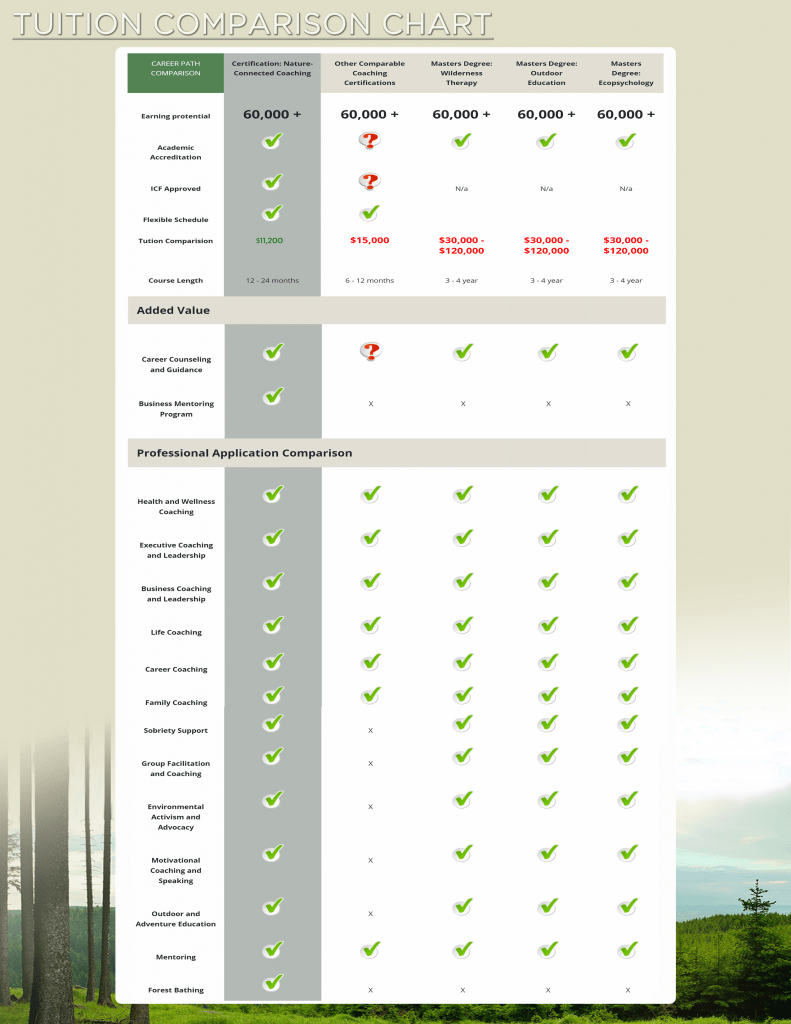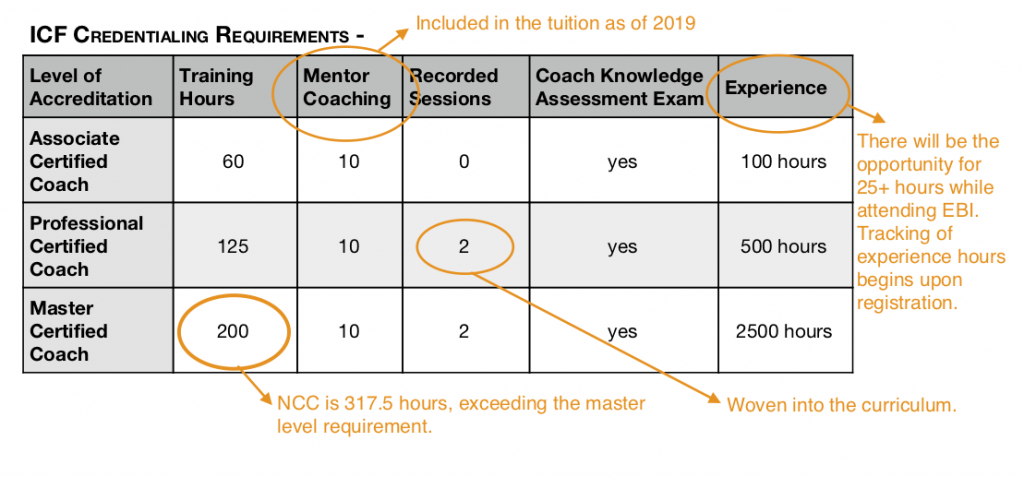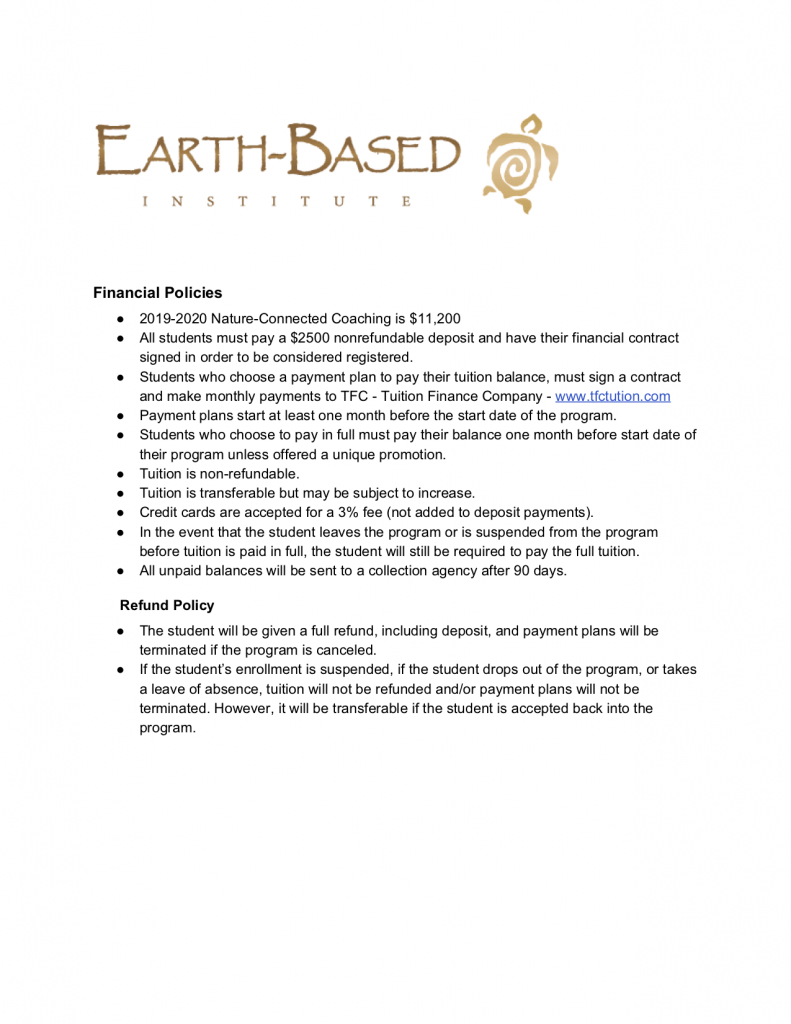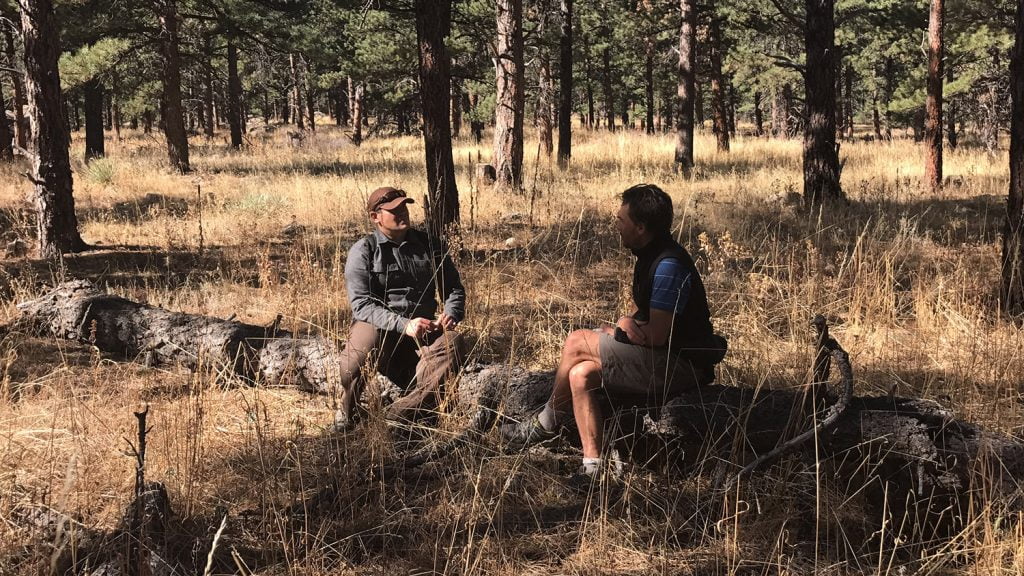Starting your practice as a Nature-Connected Coach
EBI uses a structured approach to guide its students and clients into successful business development. Below is an outline of the four stages and nine steps.
STAGE 1. CONTEMPLATION
Stage 1 is where you dream up your ideal. This should be based on who you know to be perfect for your work, not on what you want. Taking this question out on the land and into an internal contemplative space is highly recommended. Soul-search and quest for the qualities of ideal. Take your time with this.
The five steps in this first stage set the foundation and build confidence. By the time you enter stage 2, you want to be so clear no question remains about what you are doing or how you are going to do it.
Step 1. Visioning
Identify the change in others that inspires you the most.
Your work should reflect your gift in the world, your purpose in life, as opposed to being some kind of money-making scheme that capitalizes on other people’s struggles. The question to ask is What do I want to give? not What do I want to get?
Search or quest for inspiration. This soul-searching type of work is best done outdoors while wandering, contemplating, and exploring.
Step 2. Gap Work
Set realistic goals for yourself regarding financial needs, time, etc.
Identify the gap between your current state and the goals you wish to attain. While part of this step involves some math, most of it requires soul searching and creative thinking. Again head out in nature to wander, listen, and contemplate.
Define what success means for you. This need not be only about money. Time, number of clients, nature of the work are some of the other measurements you can use.
The numbers you identify will set the foundation for your fees. Be realistic, base this not only on barebone needs, but also on future needs. Keep it real. While big goals are great, greedy ones will not serve you.
Focus on the benefits rather than the number as you chart your milestones to success. Keep it real, keep it meaningful, keep it soulful, keep it grounded.
Set a date for reaching your goal. For example, By the end of the training I want to be working with X number of clients and bringing in X amount of dollars each month.
Once you have set your goal, work your way backwards: Where do I need to be in six months? In three? In one? In two weeks? In one week? What do I need to do tomorrow?
Create a spreadsheet or draw up a plan and crunch some numbers. Assess your situation realistically and identify the gap between what you want to attain and where you are right now.
Think about the change you want to support in others. Get creative about how you could fill that gap through service.
Go back to your spreadsheet or plan: If I charge X amount for an hour of coaching, I would need X number of clients a week to reach my monthly goal. Keep adjusting until you find the sweet spot that feels right and practical.
Start playing around with the idea of multiple services: What else can I offer people that could take the pressure off needing an overflowing practice right away?
If I could offer one three-hour workshop once a month and charge X amount per participant and bring in X amount of revenue, how would that help me close the gap more quickly?
Step 3. My ideal client
Identify the ideal client persona for each type of service. Describe this person demographically and psychographically.
Psychographics: values, mindsets, concerns, needs, desires, stressors, etc.
Demographics: geographic location, age, income and wealth, career, etc.
Most important questions to ask:
- What do my ideal clients want?
- What do they need?
- What are they struggling with?
- How can I help them with this?
Do not shortcut your thinking. Do not buy into the doubts that might emerge when you start thinking about someone paying you a certain amount. Think about how you will rise to the occasion, not how you will shrink your vision into a tiny box.
Your ideal client is actually a composite of many types of people. Realistically, only 20% of your clientele will perfectly match the qualities of your ideal client. Your long-term goal will focus on creatively adapting and innovating your services to increase this percentage.
Step 4. Service description and unique value proposition
Develop a service description for each service that speaks to and beyond the value the ideal client is seeking.
Consider what infrastructure you may need to provide the service: land access, workshop space, office, computer, website, etc.
Add these line items to the gap work, where they will widen the gap a bit more. This should not discourage you, instead it should inspire you to look more deeply into your service descriptions and see what can evolve to increase potential revenue.
The value proposition adds weight to the service description. Think of it as the common theme or true value that all your clients are seeking. It extends across all services and client markets, and adds weight to the service description.
When you better understand what your Ideal Client is seeking from your service, you can start to configure your service to deliver that in a unique fashion. This will separate you from the rest.
Step 5. Research which market can close the gap the quickest
with the least amount of effort, time, or money.
By taking the time to prioritize your list of services and markets, you are in fact creating a business development plan. Unless you’ve got unlimited time and resources, I suggest you identify the service most likely to provide a stable revenue stream that can support you as you develop other service branches of your business.
STAGE 2. PLANNING
Step 6. Develop a plan to reach your target market.
Your marketing plan outlines your approach. Based on your educated understanding of the market you want to reach, what is the best approach? Networking? Online advertising? Collaboration? Free demos? Flyers? A combination?
Word of mouth and direct networking are always the best in terms of building a private practice. This gets others to do the selling for you. Free demos, guest lecturing, and introductory rates are also great ways to get the ball rolling. Check out the blog on increasing client referrals. [Insert link to blog]
STAGE 3. ACTION
Step 7. Commit to taking the first step. To doing something each day to improve your situation
Create a daily practice that involves self-reflection, quieting your mind, and planning tasks and goals. There are tons of articles and books out there that outline the common steps successful people do each day. Review some of them and see what you can adopt for yourself.
Connect your energy output to a more soulful and connected sense of direction. When you are your own boss, one of the hardest things can be figuring out the best use of your time. The contemplation work you did prior to this point helps.
Commit to the work. Think of commitment in a spectrum. On one side you have want and desire, on the other need. Which one will produce the most energy and chance of success? Of course, you want the full spectrum because a passionate, emotional need is best. But think about how the power of need – to eat, to drink, etc. – impacts your focus and commitment.
STAGE 4. MAINTENANCE
Step 8. Reassess, refocus, and plan again often
Start thinking about business structure: Incorporation, accounting, legal consultation, website development, marketing. Meet with a CPA. Add these line items to your gap work and reassess the revenue you need to bring in to meet and exceed your expenses.
Further your Ideal Client Persona research. Now that you have a few clients, start interviewing them to see if your value proposition is accurate. Find out if they are wanting anything different from you.
You want your clients to feel they are getting more than their money’s worth, that you are delivering above and beyond. You can’t please everyone, of course. Stay open to those ideas that make sense and are within your capacity to deliver.
Innovation is key. Don’t stay stagnant, keep improving something about your service. This will increase its monetary value as well as its uniqueness.
Step 9. Stay contemplative and don’t give up!
Roll with the punches, adapt, and keep moving. There will be challenges, slow times, missed goals. Giving up too soon is common at this point. Stay connected to the vision and the need, keep refocusing around your well-developed plan. Keep going. It’s totally acceptable to revisit these steps again every few months and to ask: What have I learned? What did I miss or overlook the last time I planned?
EBI’s Nature-Connected Coaching Certification Program will provide you with the expert training, help, and guidance you need to reach your goal to become an accredited nature-connected coach and develop a thriving practice.
Join our next cohort. Register now.










